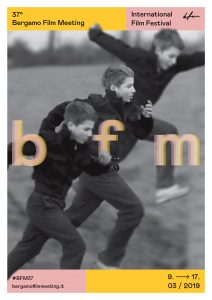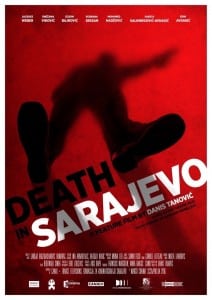Bergamo Film Meeting unveils its 43rd edition from March 8 – 16, 2025 in the mountainside venue just north east of Milan in the Italian Dolomites.
Bergamasco is one of Italy’s most intriguing dialects and the town boasts a wealth of gourmet restaurants and bars where you can savour saffron-flavoured risottos and a legendary pancetta-laced pasta dish casonelli alla bergamasca voluptuous in its rich butter sauce and accompanied by the local wines, including the famous red Moscato di Scanzo. Local handmade ice creams are based on regional ingredients, with zabaglione a speciality.

This year’s edition is back with the usual sections including Close Up; Europe,Now! the international competition and retrospectives on the Germany director Christian Petzold, Georgia’s Otar Osseliani and Wojciech Has, one of Poland’s ‘Greats’.
International Competition
Dedicated to up and coming filmmakers, the international competition will premiere seven feature films, never before screened in Italy, characterised by their stylistic and narrative originality in dealing with contemporary themes. The selected feature films will compete for the Bergamo Film Meeting Award, granted to the three best films in the section based on the preferences expressed by the audience.
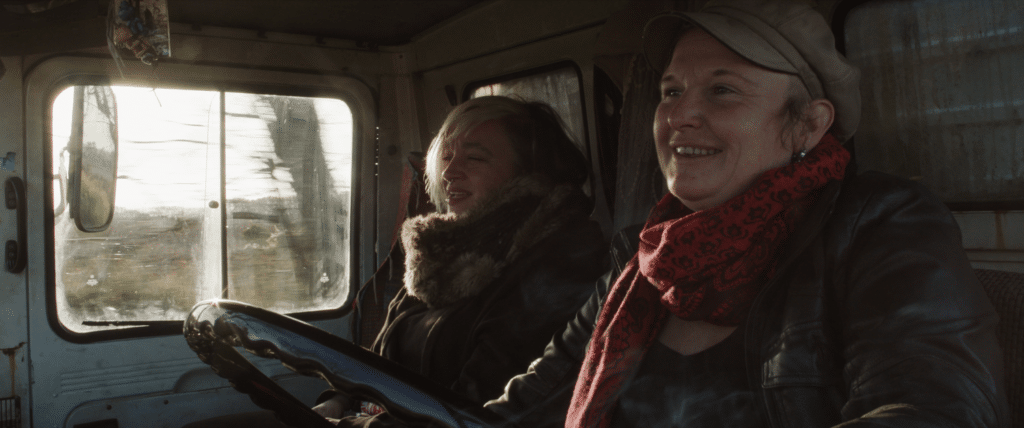
Fainéant.e.s/Lazy Girls | Karim Dridi, France, 2024, 106’, col.
After being evicted from a squat, Nina and Djoul, two long-time punks, set off in their old truck on an aimless adventure from Brittany and back. This joyful roadie is full of new experiences, unexpected encounters and the usual bust-ups on the way.
Hiver à Sokcho/Winter in Sokcho | Koya Kamura, France, S Korea, 2024, 104’, col.
In Sokcho, a small seaside village in South Korea, 25-year-old Soo-Ha lives with her boyfriend, Jun-Ho. The arrival of Frenchman Yan Kerrand throws up all sorts of questions about her origin and estranged French father. As winter sets in, Soo-Ha and Kerrand cautiously observe each other, attempting to communicate—she through cooking, he through drawing—delicately weaving a fragile bond.
Gina | Ulrike Kofler, Austria, 2024, 97’, col.
Gina, 9, cares for her two younger siblings and an alcoholic mother expecting her fourth child. Longing for stability and a father figure, she endures poverty, pressure from social services. When he mother’s clears off, Gina really comes into her own, mature beyond her years

Tarika | Milko Lazarov, Bulgaria, Germany, Luxembourg, 2024, 86’, col.
Ali and his daughter Tarika live peacefully, but isolated, from their community in rural Bulgaria. Tarika suffers from a rare bone condition which for a long time has been a source of superstition in the village. Ali rejects invasive procedures and will do anything to protect his daughter in this hostile environment where they live.
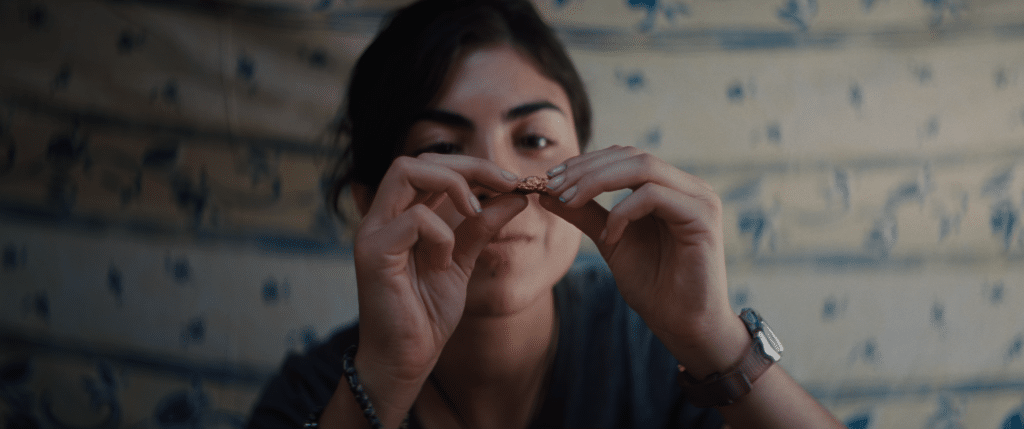
Oro Amargo/Bitter Gold | Juan Olea, Ge/Uruguay/Chile, 2024, 86’, col.
Carola (16) lives in the Atacama Desert with her father, Pacífico. They eke out a living from an artisanal cobra mine, while secretly working a gold vein by night. But tragedy strikes one of the miners discovers their secret,
Biru Unjárga/My Fathers’ Daughter | Egil Pedersen,Nor/Fin/Sweden, 2024, 78’, col.
Fifteen-year-old Elvira has been raised by a single mother in the Sámi village of Unjárga, in the far north of Norway, and has never known her father and fantasises over him being the actor Nikolaj Coster-Waldau, When her mother’s new girlfriend moves in and her biological father unexpectedly enters her life – pitching his tent in their garden – Elvira’s world is turned upside down.
Od marca do mája/March to May | Martin Pavol Repka, Czechia, 2024, 85’, col.
A family of five faces an unexpected event that will change their lives forever together in a small village in the Slovak countryside.

Retrospective – Christian Petzold
Christian Petzold was born in 1960 and raised by his East German immigrant parents in the small town of Haan. A move to Berlin in 1981 saw his interest in film develop and from 1988 to 1994, he studied at the Deutsche Film – und Fernsehakademie Berlin (DFFB), the Academy of Film and Television.
These years coincided with the Wende, a profound transformation following the Berlin Wall’s fall and German reunification. As a student, Petzold attempted to capture these turbulent changes in his early documentary shorts, which, though unsuccessful by his own admission, provided narrative material for his next two decades of work.
During his DFFB years, Petzold formed a crucial partnership with instructor Harun Farocki (1944-2014), whose influence as a filmmaker, artist, and intellectual helped shape Petzold’s approach to developing ideas and scripts. Transitioning from documentaries, Petzold graduated with Pilotinnen (Pilots, 1995), a TV feature loosely based on Hitchcock’s The 39 Club (1935). This unconventional thriller introduced a recurring theme in his early work: women struggling in post-reunification Germany.
The film’s success of led to Cuba libre (1996), which transplanted the noir classic Detour (1945) by Edgar G. Ulmer from the desolate roads of post-war America to the squalor of 1990s. His third television film, The Beischlafdiebin (The Sex Thief, 1998) is also based on a noir plot.
Petzold developed a distinctive style rich in literary and cinematic references. His films, grounded in reality yet steeped in history, reinvent genres while exploring connections between Germany’s turbulent past and uncertain present. His big screen debut, Die innere Sicherheit (The State I Am In, 2000), following former RAF terrorists and their teenage daughter, began his “Ghost Trilogy” and earned the German Critics’ Prize. This trilogy continued with Gespenster (Ghosts, 2005) and Yella (2007), both dealing directly with the trauma of post- unification Germany and establishing him as a leading figure of the “Berlin School.”
The 2001 TV film Toter Mann (Something to Remind Me) marked the first of his many collaborations with the then-unknown actress Nina Hoss and also his first variation on Hitchcock’s Vertigo, whose plot he takes up with the story of a lawyer and a lonely blonde woman, and of an attraction that turns into obsession. Wolfsburg (2003), starring Hoss, won the FIPRESCI Prize at the Berlinale.
Gespenster (Ghosts), the second chapter of the “Ghost Trilogy” portraying two young women living on the margins, earned Petzold his second German Critics’ Award. The third instalment, Yella (2007), inspired by Herk Harvey’s horror film Carnival of Souls (1962), won Hoss the Silver Bear for best performance. Their collaboration continued in Jerichow (2008); presented at the 65th Venice Film Festival, a reimagining of The Postman Always Rings Twice, where a veteran of the war in Afghanistan begins a relationship with a married woman.
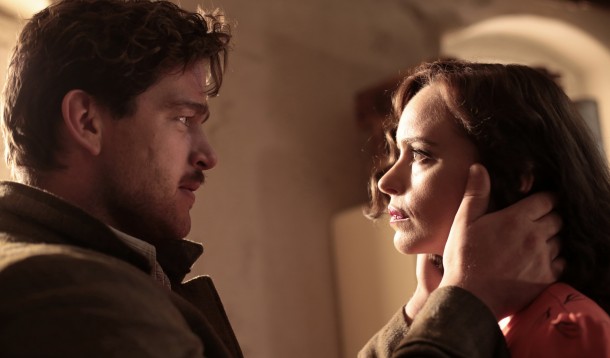
International recognition for both Petzold and Hoss peaked with Barbara (2012, won a Silver Bear. Set in the 1980 GDR, the film is a crossover between thriller and spy story, and kicks off a new trilogy, “Love in Times of Oppressive Systems”. A FIPRESCI award winner at San Sebastian, the second instalment Phoenix (2015) is a noir set in Germany after the end of World War II where Nina Hoss is a concentration camp survivor forced to undergo facial reconstruction surgery. Her newfound husband does not recognize her but slowly tries to transform her into the wife he remembers. Again, the references to Vertigo are clear, but the atmosphere and the staging also show clear references to melodrama and Fassbinder. The trilogy ends with Transit (2018), a free adaptation of the novel of the same name by Anna Seghers. It sees a political refugee flee Paris during the Nazi occupation, and fall for the widow of a writer dead, and assume the identity of her husband. Paula Beer becomes Petzold’s new muse, taking over from Hoss in Petzold later films.
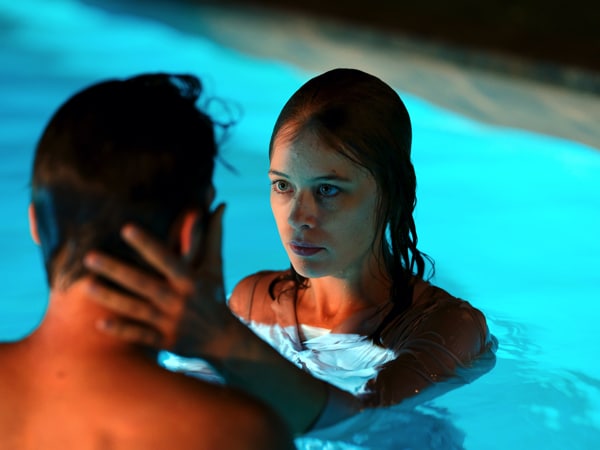
The “Trilogy of the Elements” opens with Undine, at the Berlinale 2020. The film is a reworking of the mythological figure of Ondina, an intense love story built on the symbolic meaning of water. In the second chapter, Roter Himmel (Afire, 2023), Grand Jury Prize in Berlin, a fiery sky accompanies the sentimental education of a group of young people in a large house in the middle of the woods near the sea, at the height of summer. The protagonist is a writer struggling with his second novel and forced to come to terms with himself, love and his own arrogance.
Christian Petzold is currently finishing his new film Miroirs No. 3 once again starring Paula Beer, as a young pianist who loses her boyfriend in a tragic car accident.
Titles featured in the retrospective
Süden (South; short; Germany, 1990)
Ostwärts (short; Germany, 1991)
Das warme Geld (The Warm Money; short; Germany, 1992) Pilotinnen (Pilots; Germany, 1995)
Cuba Libre (Germany, 1996)
Die Beischlafdiebin (The Sex Thief; Germany, 1998)
Die innere Sicherheit (The State I Am In; Germany, 2000) Toter Mann (Something to Remind Me; Germany, 2001) Wolfsburg (Germany, 2003)
Gespenster (Ghosts; Germany, France, 2005)
Yella (Germany, 2007)
Jerichow (Germany, 2008)
Barbara (Germany, 2012)
Phoenix (Germany, Poland, 2015)
Transit (Germany, France, 2018)
Undine (Germany, France, 2020)
Roter Himmel (Afire; Germany, 2023)
Bergamo FILM MEETING 8-16 MARCH 2025








 Bergamo Film Meeting unveils its 42nd edition from March 9 – 17, 2024. One of the most important events in the Italian festival calendar the meeting draws thousands to its annual celebration of auteur and arthouse cinema in the mountainside venue just north of Milan in the Italian Dolomites.
Bergamo Film Meeting unveils its 42nd edition from March 9 – 17, 2024. One of the most important events in the Italian festival calendar the meeting draws thousands to its annual celebration of auteur and arthouse cinema in the mountainside venue just north of Milan in the Italian Dolomites.
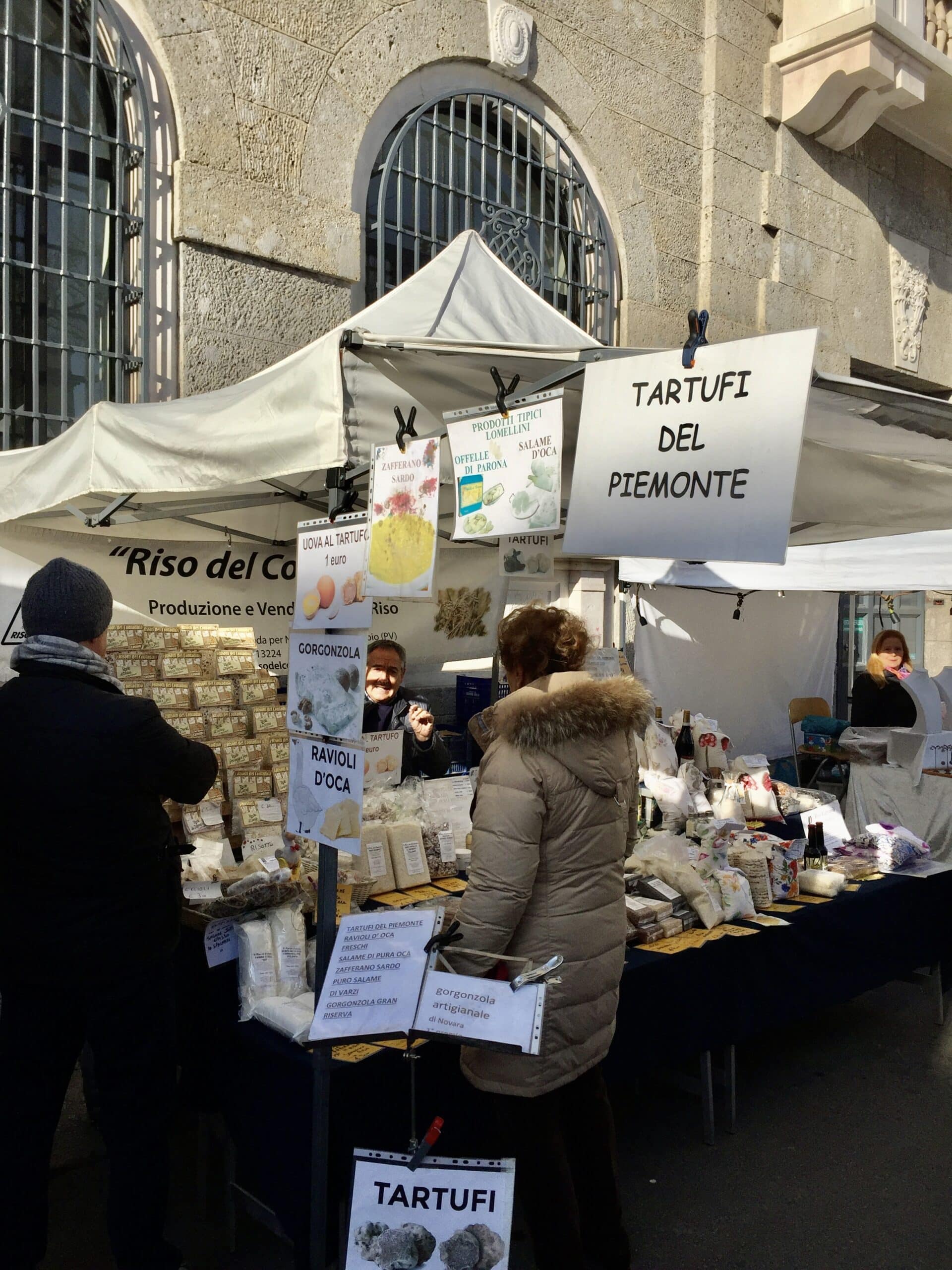
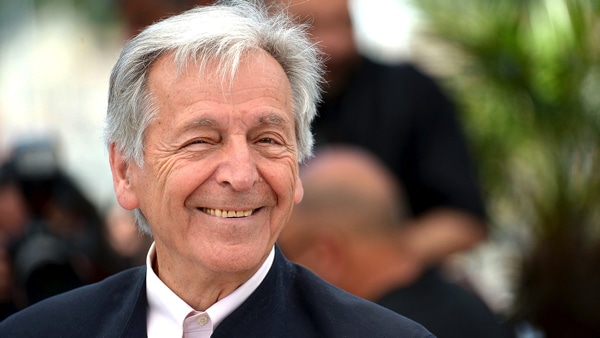
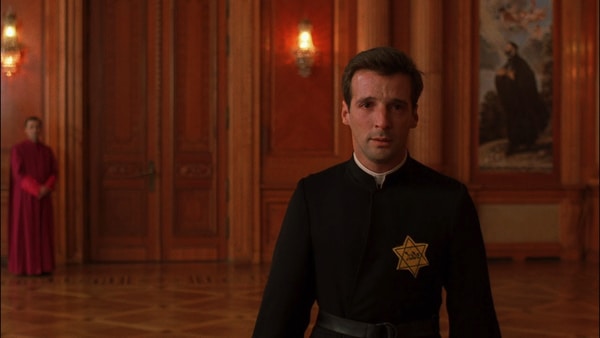
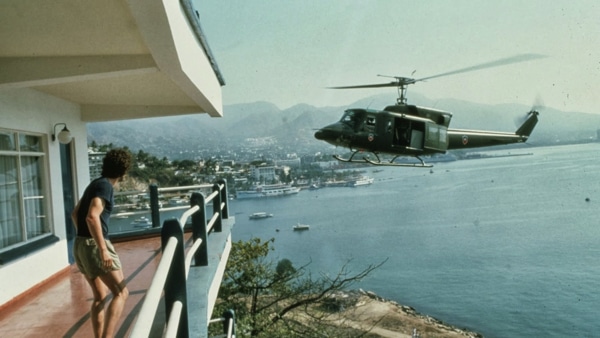
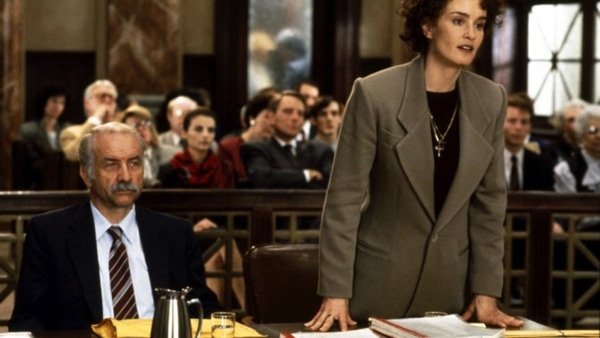
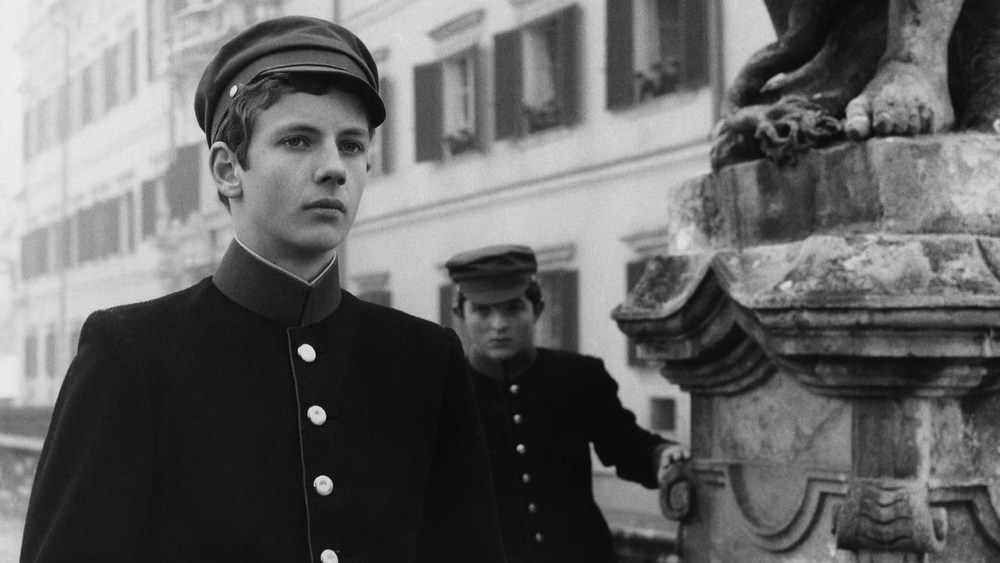
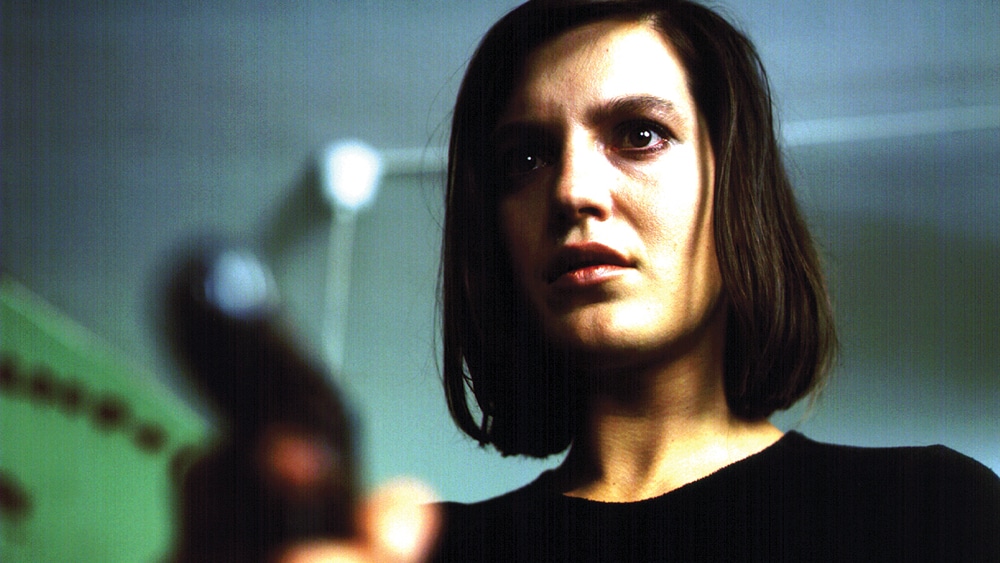
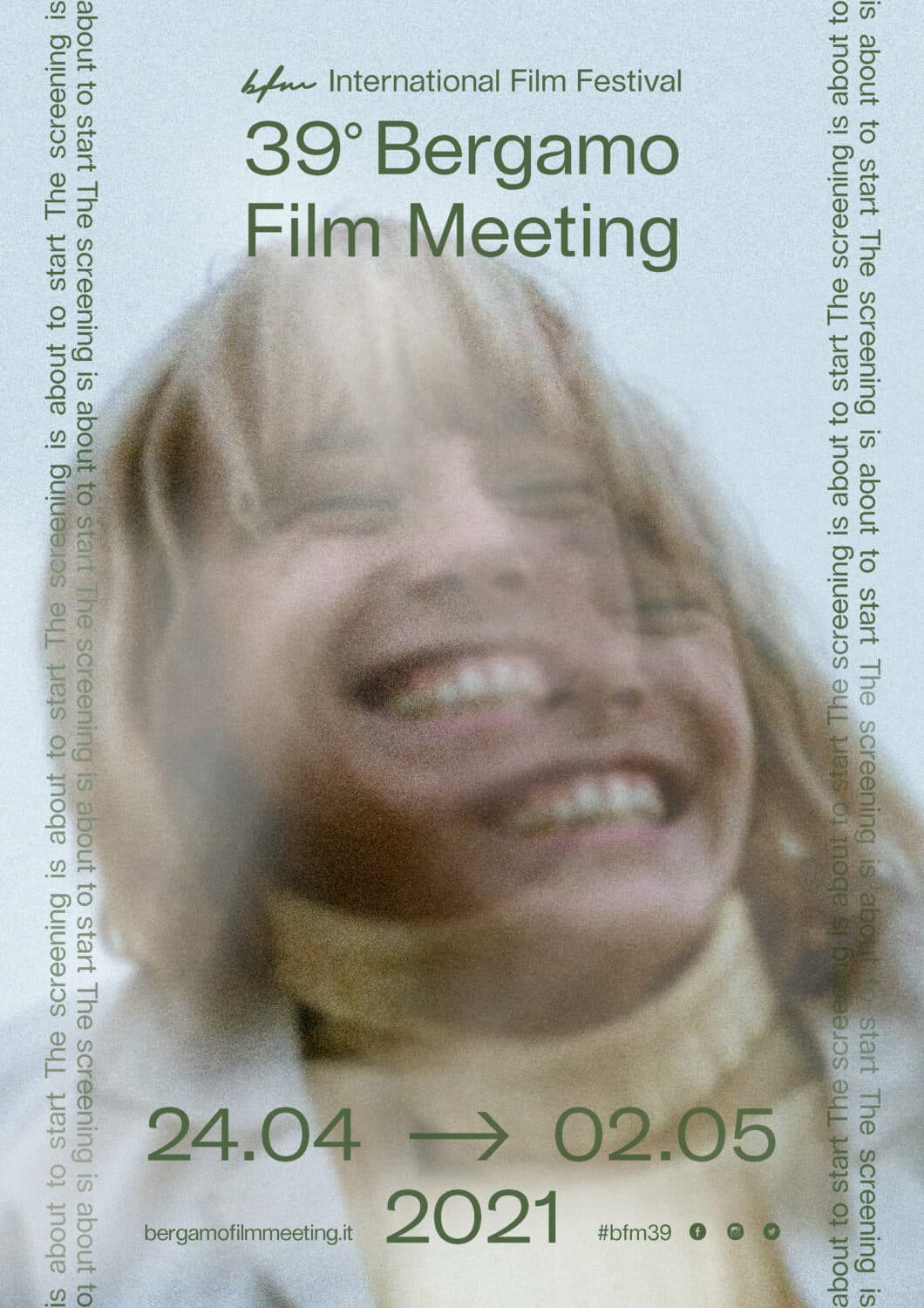

 BERGAMO FILM MEETING is back for its 38th edition running from 7th March until Sunday 15th in the alpine region of Lombardy.
BERGAMO FILM MEETING is back for its 38th edition running from 7th March until Sunday 15th in the alpine region of Lombardy. 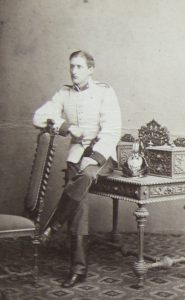 Dir: Stephane Goël | Wri: Antoine Jacoud/Stephane Goël With: Mathieu Amalric | Doc, 92′
Dir: Stephane Goël | Wri: Antoine Jacoud/Stephane Goël With: Mathieu Amalric | Doc, 92′


 Born in Skopje (Macedonia) in 1943, Godina soon moved with his family to Slovenia in the north where he later joined Ljubljana’s Kino Club Odsev and went on to study at the Academy of Theatre there. Film clubs were everywhere at the time and his early 8mm efforts gained him popularity as he joined the festival circuit, widening his circle as he developed his craft. And although his films often had serious social themes they also frothed with a feelgood sense of joy and irony. Even topics such as religion and army service took on absurdist proportions with his clever writing and light-hearted sense of the ridiculous. And they always looked brilliant thanks to his talent as a cinematographer and his skilful sense of lighting, framing and mise en scène. Trained under strict Soviet principles he never cut corners and was professional to the last during a career which spanned from 1968 to 2003.
Born in Skopje (Macedonia) in 1943, Godina soon moved with his family to Slovenia in the north where he later joined Ljubljana’s Kino Club Odsev and went on to study at the Academy of Theatre there. Film clubs were everywhere at the time and his early 8mm efforts gained him popularity as he joined the festival circuit, widening his circle as he developed his craft. And although his films often had serious social themes they also frothed with a feelgood sense of joy and irony. Even topics such as religion and army service took on absurdist proportions with his clever writing and light-hearted sense of the ridiculous. And they always looked brilliant thanks to his talent as a cinematographer and his skilful sense of lighting, framing and mise en scène. Trained under strict Soviet principles he never cut corners and was professional to the last during a career which spanned from 1968 to 2003.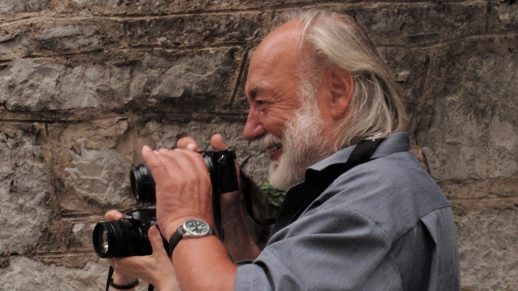
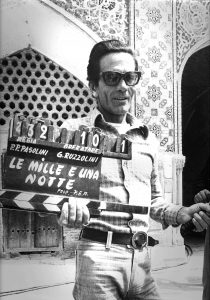 PASOLINI AND THE ARABIAN NIGHTS
PASOLINI AND THE ARABIAN NIGHTS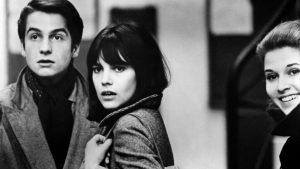 In 1966 Léaud would star in Godard’s Masculin, feminin: 15 Faits Précis, winning a Silver Bear for Best Actor at the Berlinale for his role as Paul, who is in a ménage-a-quatre with three women in a contemporary Paris. Loosely based on Maupassant’s short stories, this feature was the beginning of the break Godard would make with narrative cinema. Also called The Children of Marx and Coca Cola (an inter-title of the feature), sex and politics are at the core. Léaud is fragile, and the lighting shows him as beautiful and vulnerable as the three women, Madeleine (Chantal Goya), Catherine (Isabelle Duport) and Elisabeth (Marlene Jobert). All four main protagonists have very different plans for the future, when their agendas collide. There is immense elegance and beauty here (DoP Willy Kurant), and Godard treats his actors (perhaps for the last time) with more care than in the verbal politics of later films. Pauline Kael called it “that rare achievement: a work of grace in a contemporary setting” and for Andrew Sarris it was “the film of the season”.
In 1966 Léaud would star in Godard’s Masculin, feminin: 15 Faits Précis, winning a Silver Bear for Best Actor at the Berlinale for his role as Paul, who is in a ménage-a-quatre with three women in a contemporary Paris. Loosely based on Maupassant’s short stories, this feature was the beginning of the break Godard would make with narrative cinema. Also called The Children of Marx and Coca Cola (an inter-title of the feature), sex and politics are at the core. Léaud is fragile, and the lighting shows him as beautiful and vulnerable as the three women, Madeleine (Chantal Goya), Catherine (Isabelle Duport) and Elisabeth (Marlene Jobert). All four main protagonists have very different plans for the future, when their agendas collide. There is immense elegance and beauty here (DoP Willy Kurant), and Godard treats his actors (perhaps for the last time) with more care than in the verbal politics of later films. Pauline Kael called it “that rare achievement: a work of grace in a contemporary setting” and for Andrew Sarris it was “the film of the season”.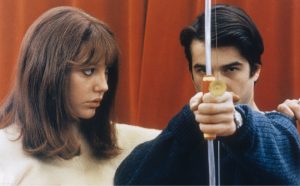 A year later Godard would cast Léaud as part of a group in La Chinoise (1967), this time surrounded by two women and two men, but with a very much harsher political focus. Based on Dostoyevsky’s The Possessed, this was Godard’s first adventure into Maoism. Léaud is Guillaume, in love with Veronique (Anne Wiazemsky), who has a much stronger personality than him, and will finally leave him. Kirilov (Lex de Bruijin), is the weakest of the trio and he will kill himself, as in the novel. Léaud’s Guillaume is in love with Veronique, but he is very much a man of clever words, but little action. Veronique on the other hand, is much braver, and decides in the end to assassinate the Russian Cultural minister on a visit to Paris. But he mixes up the numbers of his hotel room, and kills the wrong man. Wiazemsky, the grand daughter of novelist Andrew Malraux, then the Gaullist minister for Culture, fell in love with Godard, and the couple married after the shooting. As an in-joke, Godard casts Francis Jeanson in the film (Wiazemsky’s philosophy lecturer at the Paris 10 (Nanterre) University) having a debate with Veronique while on her way to assassinate the minister.
A year later Godard would cast Léaud as part of a group in La Chinoise (1967), this time surrounded by two women and two men, but with a very much harsher political focus. Based on Dostoyevsky’s The Possessed, this was Godard’s first adventure into Maoism. Léaud is Guillaume, in love with Veronique (Anne Wiazemsky), who has a much stronger personality than him, and will finally leave him. Kirilov (Lex de Bruijin), is the weakest of the trio and he will kill himself, as in the novel. Léaud’s Guillaume is in love with Veronique, but he is very much a man of clever words, but little action. Veronique on the other hand, is much braver, and decides in the end to assassinate the Russian Cultural minister on a visit to Paris. But he mixes up the numbers of his hotel room, and kills the wrong man. Wiazemsky, the grand daughter of novelist Andrew Malraux, then the Gaullist minister for Culture, fell in love with Godard, and the couple married after the shooting. As an in-joke, Godard casts Francis Jeanson in the film (Wiazemsky’s philosophy lecturer at the Paris 10 (Nanterre) University) having a debate with Veronique while on her way to assassinate the minister.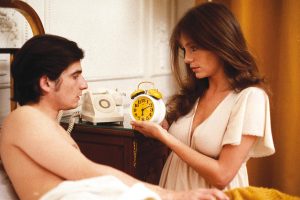 Truffaut’s 1973 outing La Nuit Americaine (Day for Night), is essentially about filmmaking, showing Léaud as the weak and self-obsessed actor Alphonse. During the filming of Je vous présente Pamela , a conventional weepie, he fancies leading lady Julie Baker (Jacqueline Bisset), who has recently had a breakdown. Out of pity she sleeps with him but Alphonse then ‘phones her analyst, Dr Nelson (David Markham), who has left his own family to live with her, and spills the beans on their fling. Léaud plays the histrionic weakling with great skill. And Truffaut, playing himself as the director, assumes the role of his protector – much as in real life. Godard, who by now had broken with his ex-friend Truffaut, called Day for Night “a big lie” – later the two founding fathers of the Nouvelle Vague fought over Léaud who somehow survived the acrimony and went on to work with another enfant terrible, Finnish director Aki Kaurismaki.
Truffaut’s 1973 outing La Nuit Americaine (Day for Night), is essentially about filmmaking, showing Léaud as the weak and self-obsessed actor Alphonse. During the filming of Je vous présente Pamela , a conventional weepie, he fancies leading lady Julie Baker (Jacqueline Bisset), who has recently had a breakdown. Out of pity she sleeps with him but Alphonse then ‘phones her analyst, Dr Nelson (David Markham), who has left his own family to live with her, and spills the beans on their fling. Léaud plays the histrionic weakling with great skill. And Truffaut, playing himself as the director, assumes the role of his protector – much as in real life. Godard, who by now had broken with his ex-friend Truffaut, called Day for Night “a big lie” – later the two founding fathers of the Nouvelle Vague fought over Léaud who somehow survived the acrimony and went on to work with another enfant terrible, Finnish director Aki Kaurismaki.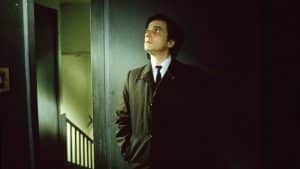 I hired a Contract Killer (1990) was one of Kaurismaki’s first English language films and he made a beeline for Léaud in the lead role. The gamine actor of Day for Night had since changed dramatically. His slight, almost feminine appearance was gone, and he’d put on a substantial amount of weight – his acting too was from another dimension. He plays Henri Boulanger, an English Civil Servant, who is sacked after fifteen years of service due to privatisation. With no life outside his work, he tries – in vain – to commit suicide. Then asks a contract killer (Kenneth Colley) to step in. But Margaret (Margi Clarke) gives his life a new meaning. With time running out, Henri tries to contact the killer, to reverse the order. Léaud is totally morbid and emotionally reduced, the environment is straight out of the 1950s, the colours pale, bleached out by wear and tear. Léaud’s agile friskiness has been replaced by gentle placidness, making him look much older than forty-six. But his acting had matured too, and he slips easily into character roles nobody would have expected from him in his New Wave days. AS
I hired a Contract Killer (1990) was one of Kaurismaki’s first English language films and he made a beeline for Léaud in the lead role. The gamine actor of Day for Night had since changed dramatically. His slight, almost feminine appearance was gone, and he’d put on a substantial amount of weight – his acting too was from another dimension. He plays Henri Boulanger, an English Civil Servant, who is sacked after fifteen years of service due to privatisation. With no life outside his work, he tries – in vain – to commit suicide. Then asks a contract killer (Kenneth Colley) to step in. But Margaret (Margi Clarke) gives his life a new meaning. With time running out, Henri tries to contact the killer, to reverse the order. Léaud is totally morbid and emotionally reduced, the environment is straight out of the 1950s, the colours pale, bleached out by wear and tear. Léaud’s agile friskiness has been replaced by gentle placidness, making him look much older than forty-six. But his acting had matured too, and he slips easily into character roles nobody would have expected from him in his New Wave days. AS